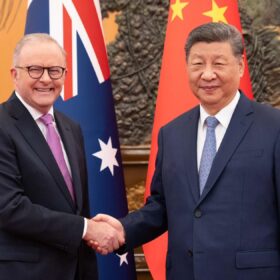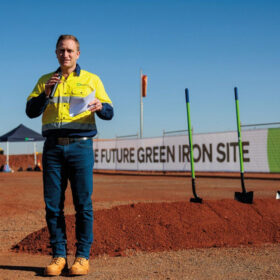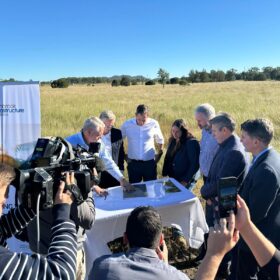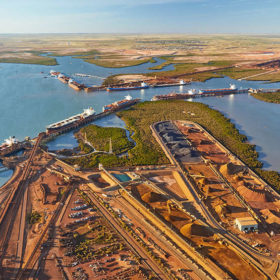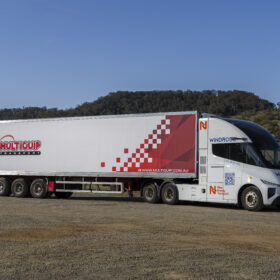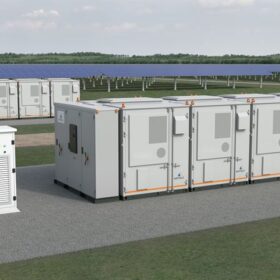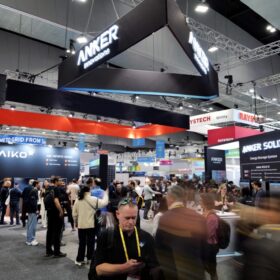Landmark China green steel talks must be followed by action
Topping the agenda for Prime Minister Anthony Albanese’s visit to China this week has been the massive bilateral opportunity for Australia – the world’s No.1 producer of iron ore, with a 56% share of global exports – to partner with China on developing green iron and steel produced using zero-emissions energy. Traditional practices use coking coal, a carbon intensive, high-emissions fossil fuel, to produce iron from ore, a key step in steelmaking.
Albanese plans local content targets as part of $500 million investment into clean energy manufacturing
The Australian government has committed $500 million to support the use of locally made steel and aluminium in the onshore manufacturing of clean energy technologies, including batteries, wind turbines, and hydrogen electrolysers.
EV uptake helping drive increased demand for green steel
Emissions from steel production each year equal those of a major developed economy. Yet steel is a crucial material to support the energy transition, among its many other applications – making its supply essential. Enter green steel, the production of which interrelates with solar, wind, and green hydrogen in intriguing ways.
How Australian philanthropists can help reduce global emissions by up to 9%
As the world confronts the climate crisis, Australia is grappling with reaching its decarbonisation targets while maintaining a productive and growing economy. At the same time, philanthropists are trying to understand their role in the transition and how they can support causes that will help rapidly reduce emissions.
Quinbrook reveals $3.5 billion ‘green iron’ project
Australian green infrastructure investor and developer Quinbrook Infrastructure Partners has announced plans to leverage its growing portfolio of renewable energy and storage projects and green hydrogen produced by a proposed 3 GW production facility to manufacture “green iron” in central Queensland.
GFG signs green hydrogen deal for Whyalla steelworks
The South Australian government has struck a deal with GFG Alliance to explore a green hydrogen offtake agreement as the company seeks to phase out coal-based steelmaking at its Whyalla iron and steel plant in the state’s Upper Spencer Gulf.
World’s first green hydrogen plant to heat steel
Hitachi Energy has delivered a modular solution to electrify a 20 MW electrolyser to produce hydrogen to heat steel before rolling, while Enapter has unveiled its AEM electrolysers for industrial and refuelling pilot projects.
Report warns of risks for Australia in global green hydrogen race
The federal government is increasing its investment in green hydrogen and low-emissions steel with $50 million in research and development funding to help progress the technologies as a new report warns that Australia must act quickly or risk being left behind in the race to become a renewable energy superpower.
WA land allocation advances plans for 26 GW renewable energy hub
British energy giant BP’s plans to build one of the world’s largest renewable energy and green hydrogen hubs in remote Western Australia has received a significant boost with the state government allocating land that supports the development of the proposed 26 GW project.
South Korean steelmaker to invest $60 billion in Australian green steel ventures
South Korean steel producer Posco Group will invest $60 billion (USD 40b) in Australia by 2040 across the green steel supply chain, including in renewable generation, electrolysis and steel making processes.
